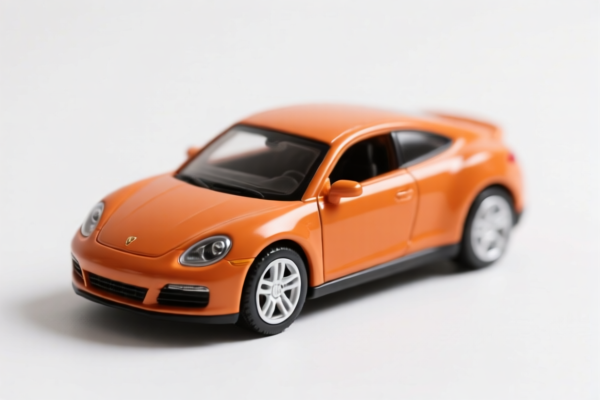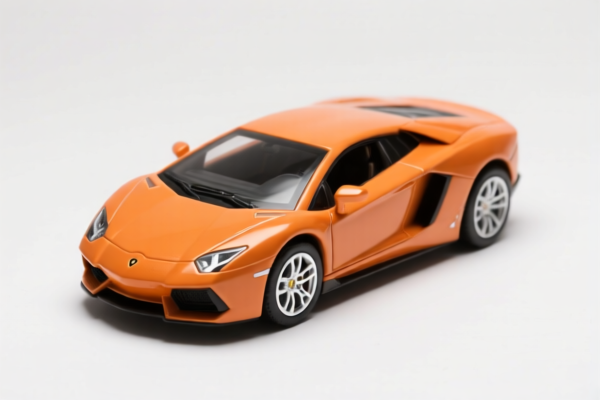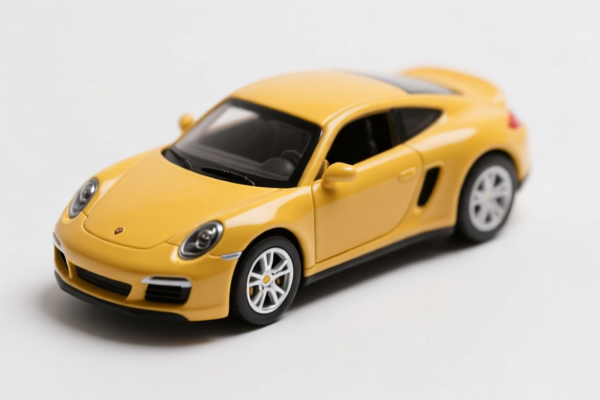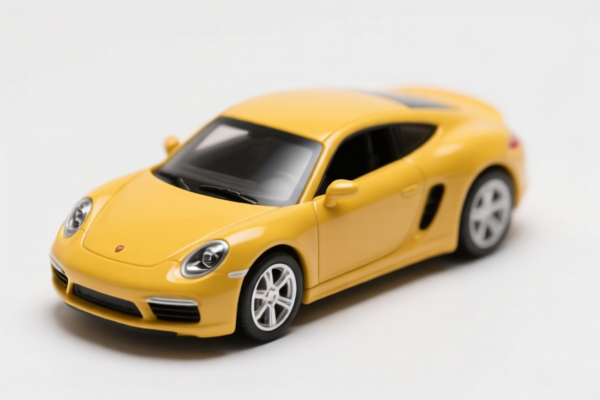Found 14 matching results
(CN → US)
| HS Code | Official Doc | Tariff Rate | Origin | Destination | Effective Date |
|---|---|---|---|---|---|
| 9503000090 | Doc | 30.0% | CN | US | 2025-05-12 |
| 9503000071 | Doc | 30.0% | CN | US | 2025-05-12 |
| 7326908688 | Doc | 82.9% | CN | US | 2025-05-12 |
| 7326908688 | Doc | 82.9% | CN | US | 2025-05-12 |
| 7323997000 | Doc | 60.3% | CN | US | 2025-05-12 |
| 7323999080 | Doc | 83.4% | CN | US | 2025-05-12 |
| 7419801500 | Doc | 58.0% | CN | US | 2025-05-12 |
| 7419805050 | Doc | 55.0% | CN | US | 2025-05-12 |
| 7418100002 | Doc | 40.5% | CN | US | 2025-05-12 |
| 7418100025 | Doc | 40.5% | CN | US | 2025-05-12 |
| 8301700000 | Doc | 42.0% | CN | US | 2025-05-12 |
| 8301406060 | Doc | 43.2% | CN | US | 2025-05-12 |
| 8306100000 | Doc | 35.8% | CN | US | 2025-05-12 |
| 8306290000 | Doc | 30.0% | CN | US | 2025-05-12 |




Metal Toy Car
A metal toy car is a miniature vehicle constructed primarily of metal, typically die-cast zinc alloy, though other metals like tin or steel may be used. These toys are popular collectibles, play items, and scale models.
Material
- Die-cast Zinc Alloy: The most common material, offering durability, detail, and a substantial feel. “Die-cast” refers to the manufacturing process where molten metal is forced into a mold.
- Tin: Historically used, tin toy cars are often vintage and can be prone to corrosion.
- Steel: Less common due to weight and potential for rust, but can be found in larger, more robust models.
- Plastic: Often used for components like wheels, windows, or interior details, even in primarily metal cars.
Purpose
- Play: Designed for children to engage in imaginative play, simulating driving and vehicle scenarios.
- Collecting: Many metal toy cars are produced as highly detailed, limited-edition collectibles.
- Scale Modeling: Representations of real-world vehicles, often to specific scales, for enthusiasts and model builders.
- Display: Used as decorative items or as part of a collection.
Function
- Rolling Wheels: The primary function is to roll, allowing the car to be pushed and moved.
- Detailed Replication: Often features accurate representations of real vehicle exteriors and interiors.
- Pull-back Action: Some models feature a mechanism where pulling the car back and releasing it causes it to propel forward.
- Sound and Light: More advanced models may include working headlights, taillights, and sound effects.
- Opening Parts: Doors, hoods, and trunks may be functional, adding to realism.
Usage Scenarios
- Indoor Play: Suitable for playing on floors, carpets, or playmats.
- Outdoor Play (with supervision): Can be used outdoors on smooth surfaces, but are susceptible to damage.
- Display Cases/Shelves: Often displayed as part of a collection.
- Educational Purposes: Used to teach children about different types of vehicles.
Common Types
- Scale Models (1:18, 1:24, 1:43, 1:64): Representations of real cars at reduced sizes. The scale indicates the ratio of the model to the real vehicle (e.g., 1:18 means 1 inch on the model represents 18 inches on the real car).
- Hot Wheels/Matchbox: Small-scale, collectible cars known for their vibrant colors and track systems. (approximately 1:64 scale)
- Die-cast Vehicles (Jada Toys, Maisto): A broad category encompassing a wide range of scale models and replica cars.
- Vintage/Classic Toy Cars: Older models, often made of tin or early die-cast alloys, valued for their historical significance.
- Pull-back Cars: Designed with a mechanism that allows the car to be propelled forward by pulling it back and releasing.
- Friction Powered Cars: Similar to pull-back cars, using friction to generate movement.
- Remote Control Cars: Metal toy cars that are controlled by a remote.
Metal toy cars can be categorized under several HS codes depending on their specific characteristics. Here's a breakdown based on the provided information:
- 9503000090: This HS code covers “Tricycles, scooters, pedal cars and similar wheeled toys; dollsʼ carriages; dolls, other toys; reduced-scale (“scaleˮ) models and similar recreational models, working or not; puzzles of all kinds; parts and accessories thereof Other”. If the metal toy car is considered a wheeled toy or a recreational model, this code may apply. The total tax rate is 30.0%, with a base tariff of 0.0%, no additional tariff currently, but a 30.0% additional tariff will be applied after April 2, 2025.
- 8306100000: This HS code covers “Bells, gongs and the like, nonelectric, of base metal; statuettes and other ornaments, of base metal; photograph, picture or similar frames, of base metal; mirrors of base metal; and base metal parts thereof: Bells, gongs and the like, and parts thereof”. If the metal toy car is considered an ornament, this code may be applicable. The total tax rate is 35.8%, with a base tariff of 5.8% and no additional tariff.
- 8306290000: This HS code covers “Bells, gongs and the like, nonelectric, of base metal; statuettes and other ornaments, of base metal; photograph, picture or similar frames, of base metal; mirrors of base metal; and base metal parts thereof: Statuettes and other ornaments, and parts thereof: Other”. If the metal toy car is considered an ornament and doesn't fall under the more specific categories within 8306100000, this code may apply. The total tax rate is 30.0%, with a base tariff of 0.0% and an additional tariff of 30.0% after April 2, 2025.
It is important to note that the final classification depends on the specific characteristics of the metal toy car. If the toy car is a scale model, 9503000090 is the most likely classification. If it is primarily decorative, 8306290000 may be more appropriate.
Customer Reviews
No reviews yet.